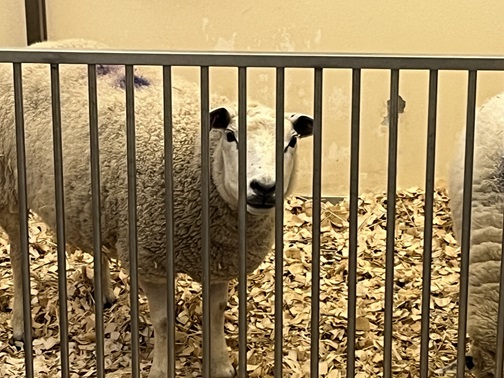Feature
TeleGraft featured in EU Indblik
TeleGraft was featured in “EU Indblik”, a Danish digital magazine that covers European research and innovation.

The magazine is published by the Danish Agency for Higher Education and Science. Though the article is in Danish, we provide a short summary below in English. You can read the Danish version here.
Summary of the article
The TeleGraft project, coordinated by Professor Jes S. Lindholt at the University Hospital of Southern Denmark, is conducting a significant experiment involving sheep. The sheep have been implanted with two artificial main arteries, or grafts, made of silicone material. The aim is to determine if a new experimental material can better prevent occluding scar tissue and blood clots, the major disadvantages of artificial veins.
The project, which received DKK 32 million under Horizon Europe, is particularly relevant for dialysis patients. In dialysis, artificial blood vessels are used to clean patients’ blood due to kidney failure. These artificial vessels often face issues such as scar tissue formation, clotting, and infections, especially as they must withstand being punctured multiple times a week.
The graft being tested consists of three layers: an inner layer with microchannels filled with a substance to prevent scar tissue formation, a thin silicone interlayer to cover needle holes, and an outer layer where antibiotics can be administered. The antibiotics can be activated using light, allowing for targeted treatment of inflammation.
The project also explores the use of a particular ion, a zwitterion, to prevent blood clotting. This ion mimics a substance found in the blood vessels of hibernating bears, which prevents blood clotting despite the blood’s slow flow.
The TeleGraft project exemplifies how public organizations and private companies can collaborate to address societal challenges. It brings together private researchers, hospitals, and universities, each contributing their unique expertise. Despite the challenges of balancing patent interests and workload, the consortium believes the benefits of this collaboration outweigh the disadvantages.
The project is expected to progress to a First-in-Human experiment and then a phase II trial before its conclusion in 2026.